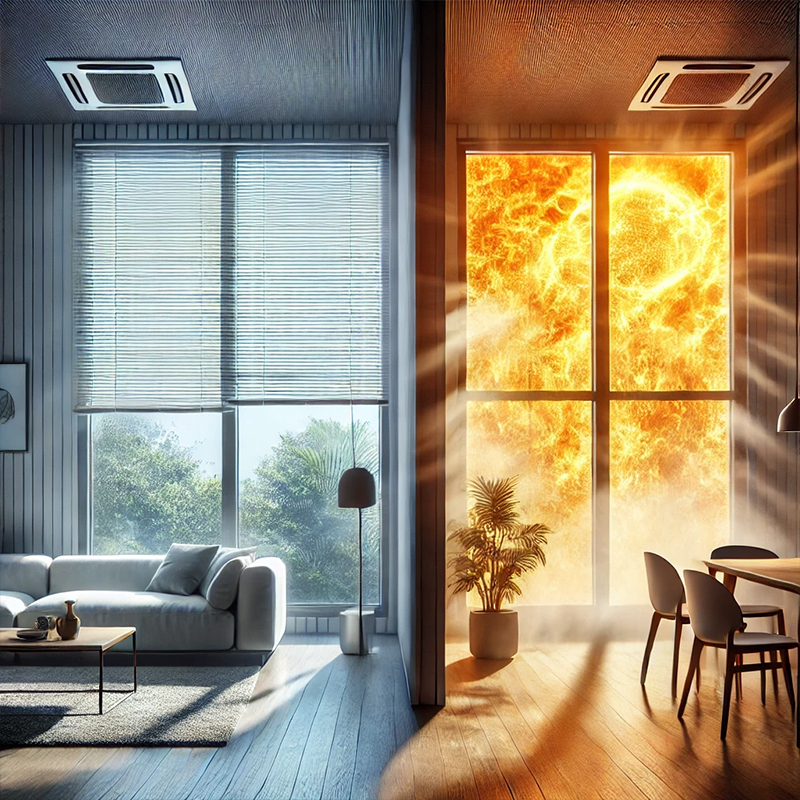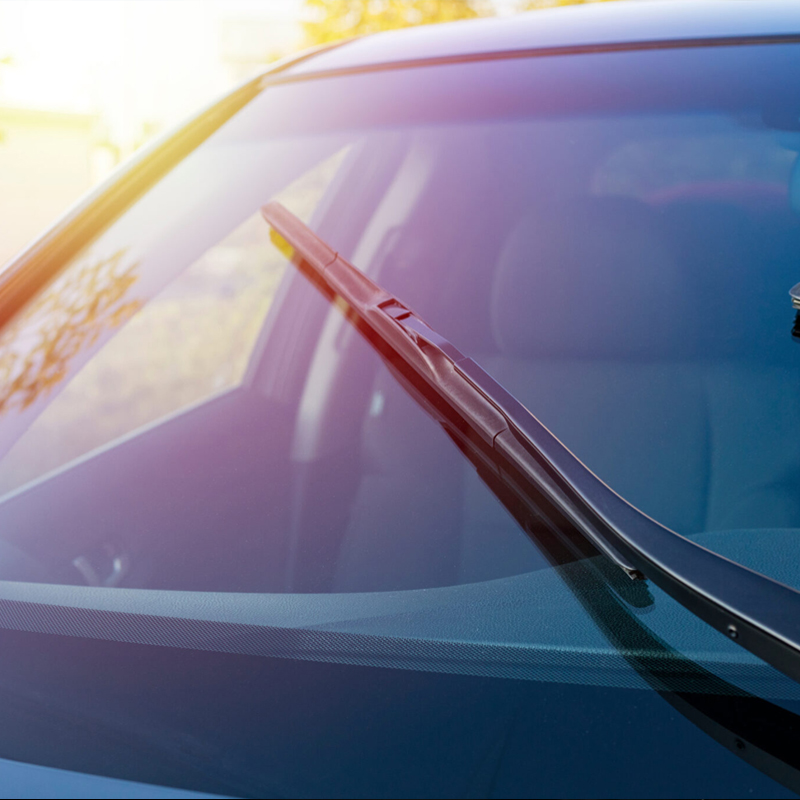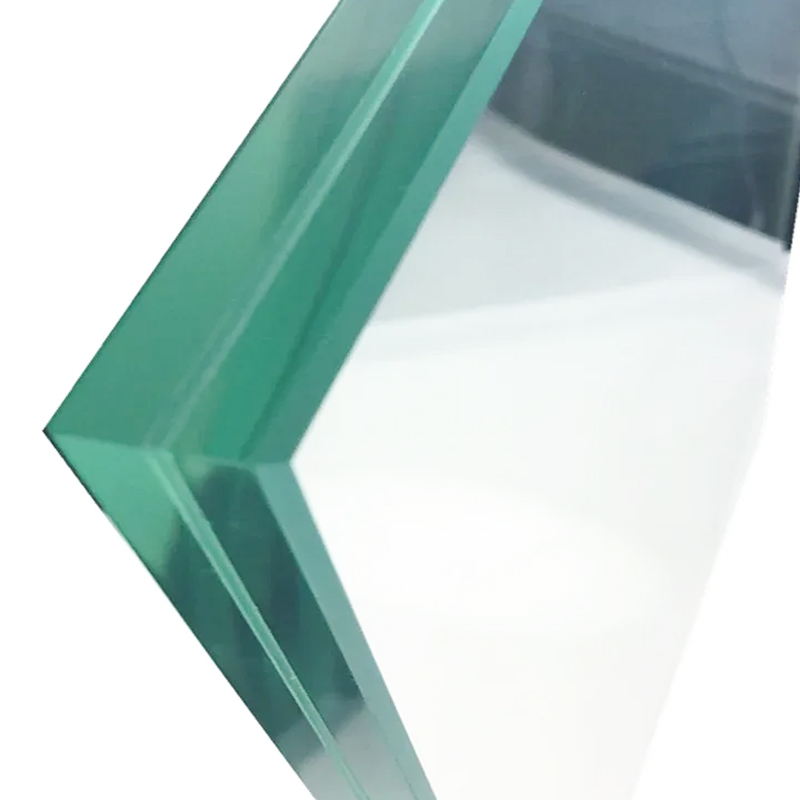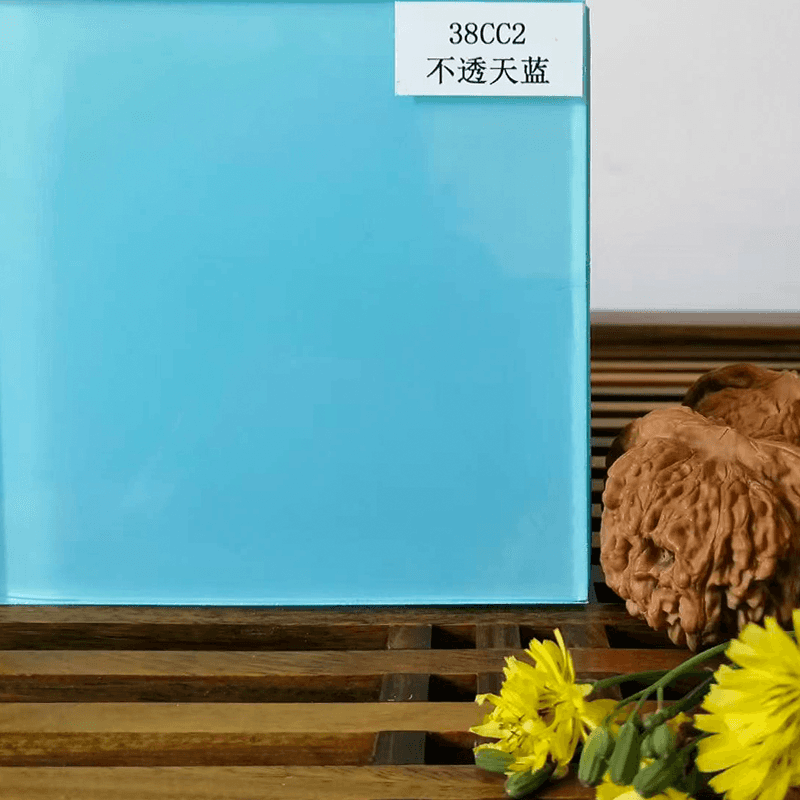language
In modern architecture and automotive design, glass plays a vital role in aesthetics, safety, and energy performance. Yet, one persistent issue remains—sun glare. Whether it’s streaming through a living room window or reflecting off a car windshield, glare from sunlight can cause discomfort, reduce visibility, and even lead to eye strain or accidents. This is where PVB Heat Insulation Film steps in as an effective solution. But how well does it actually reduce glare from sunlight? To answer that question, we must explore how this material works, what makes it unique, and how it contributes to better light management without compromising on transparency or safety.
Understanding PVB Heat Insulation Film
PVB, or polyvinyl butyral, is a tough, flexible plastic resin widely used in laminated glass applications. It’s the interlayer that bonds two layers of glass together to form safety glass, ensuring that the glass stays intact even when shattered. However, advancements in material science have led to the development of PVB Heat Insulation Films, which not only enhance safety but also provide functional benefits such as heat control, UV protection, and glare reduction.
This specialized film is engineered to filter and absorb portions of the solar spectrum—particularly ultraviolet (UV) and infrared (IR) light—while maintaining high visible light transmission (VLT). As a result, the film allows daylight to enter but minimizes the harsh intensity and brightness that often cause glare.
What Causes Glare from Sunlight?
Glare is more than just an annoyance; it’s a visual problem that occurs when there’s excessive brightness or contrast in one’s field of vision. It happens when sunlight reflects off surfaces like water, glass, metal, or polished floors, producing intense light that interferes with vision clarity.
Glare can be categorized into three types:
- Discomfort glare – causes visual unease or distraction.
- Disability glare – reduces visibility and visual performance.
- Reflected glare – occurs when light reflects off a shiny surface, such as a computer screen or dashboard.
In homes, offices, or vehicles, managing glare is essential not only for comfort but also for productivity and safety. Excessive glare can lead to eye strain, headaches, and decreased concentration. In cars, it can even compromise driving safety. This is where a PVB Heat Insulation Film can make a measurable difference.
How PVB Heat Insulation Film Reduces Glare
The glare-reducing ability of PVB Heat Insulation Film stems from its light-filtering and optical control properties. Here’s how it works:
1. Selective Light Transmission
PVB Heat Insulation Films are designed to selectively transmit visible light while blocking excessive brightness and solar radiation. They control the light spectrum by allowing sufficient natural daylight to enter while filtering out overly intense rays that contribute to glare.
2. Reduction of Light Reflectance
One common cause of glare in glass structures is light reflectance. The surface of untreated glass can reflect a high percentage of sunlight, especially at certain angles. The PVB layer modifies the refractive index of the glass, reducing internal reflection and scattering light more evenly. This results in softer, more comfortable illumination indoors.
3. Enhanced Optical Clarity
Unlike traditional tinted or coated films that may distort color or clarity, modern PVB Heat Insulation Films maintain excellent optical transparency. They reduce glare without creating dark or unnatural tones, preserving the clarity of outside views and the quality of indoor lighting.
4. Uniform Light Diffusion
Some high-performance PVB films are engineered with micro-particles that help diffuse incoming light evenly across the glass surface. This eliminates hotspots or excessively bright areas, creating a balanced, glare-free lighting environment.
Applications Where Glare Reduction Matters Most
The effectiveness of PVB Heat Insulation Film can be appreciated across multiple sectors. Below are a few examples of where glare reduction provides significant practical value:
1. Automotive Windshields and Windows
Drivers often face glare from direct sunlight or road reflections, which can lead to eye fatigue and reduced reaction time. Laminated glass with PVB Heat Insulation Film helps control the amount of visible light entering the cabin, significantly reducing glare while maintaining a clear, bright view. This enhances both comfort and driving safety.
2. Commercial Buildings and Offices
In office environments, glare from large glass windows can interfere with computer screens, reduce visibility, and lower productivity. Installing laminated glass with PVB Heat Insulation Film allows natural daylight to brighten the workspace while minimizing eye strain and the need for artificial lighting adjustments.
3. Residential Windows and Skylights
In homes, glare can make living spaces uncomfortable, particularly in areas facing east or west where the sun is most intense. Using glass laminated with a PVB Heat Insulation Film ensures balanced illumination—so homeowners can enjoy sunlight without harsh brightness.
4. Public and Educational Buildings
Schools, libraries, and public facilities benefit from the even light distribution provided by heat-insulating PVB films. Students and occupants can read, write, or work in natural light without being distracted or fatigued by glare.

The Balance Between Light Transmission and Glare Control
When selecting a PVB Heat Insulation Film, it’s crucial to find a balance between visible light transmittance (VLT) and glare reduction. A film with very low light transmission can reduce glare effectively but may also make spaces dimmer, increasing dependence on artificial lighting. Conversely, a high-transmission film might not sufficiently control brightness in sun-exposed areas.
Manufacturers often design PVB films with a VLT range between 50% and 80%, which allows adequate daylight penetration while filtering glare and solar radiation. This makes them ideal for both architectural and automotive glass applications, where comfort and visibility must coexist.
Additional Benefits Beyond Glare Reduction
While glare reduction is a major advantage, it’s only one of several benefits offered by PVB Heat Insulation Film:
-
Thermal Insulation:
By blocking infrared radiation, PVB films help maintain indoor temperatures, reducing the load on air conditioning systems. -
UV Protection:
These films can block up to 99% of harmful ultraviolet rays, protecting skin and preventing fading of furniture or upholstery. -
Safety and Security:
PVB acts as a strong adhesive interlayer, keeping glass fragments bonded even when broken. This minimizes injury risks and enhances impact resistance. -
Noise Reduction:
The PVB layer also contributes to acoustic insulation by dampening vibrations, leading to quieter interiors. -
Sustainability:
By improving energy efficiency and extending the lifespan of glass installations, PVB Heat Insulation Films contribute to greener, more sustainable building designs.
How PVB Heat Insulation Film Compares with Other Solutions
Other materials, such as PET window films or EVA interlayers, also provide glare control, but PVB Heat Insulation Film offers unique advantages:
- Integration: It becomes a permanent part of the laminated glass structure, unlike adhesive surface films that may peel or degrade over time.
- Durability: PVB withstands temperature changes, humidity, and UV exposure more effectively.
- Optical Performance: Its uniform refractive index ensures superior clarity and minimal visual distortion.
- Safety Compliance: PVB-laminated glass often meets or exceeds international safety standards (such as EN 12543 or ASTM C1172).
This combination of safety, performance, and optical quality makes it a preferred choice for long-term glare control solutions in both vehicles and buildings.
Installation and Maintenance Considerations
PVB Heat Insulation Film is typically incorporated during the glass lamination process rather than being applied afterward. The film is sandwiched between two glass layers and subjected to heat and pressure in an autoclave, ensuring a strong, permanent bond.
Maintenance is minimal, as the laminated glass surface can be cleaned like regular glass using non-abrasive cleaners. The film itself is protected within the glass layers, so it doesn’t peel, discolor, or bubble over time. With proper installation and standard care, the film can last 20 years or more without significant performance loss.
Factors Influencing Glare Reduction Performance
Several factors affect how effectively a PVB Heat Insulation Film can reduce glare:
- Film Thickness: Thicker interlayers may provide better light diffusion and optical modulation.
- Glass Color or Tint: Combining the film with tinted glass can enhance glare control.
- Window Orientation: East- and west-facing windows experience stronger glare; film selection should consider exposure direction.
- Climate and Sun Intensity: In tropical or desert regions, films with higher IR rejection are more effective.
- Application Purpose: Automotive films prioritize visibility and safety, while architectural films balance comfort and design aesthetics.
Practical Recommendations for Choosing the Right Film
To maximize glare reduction while maintaining light comfort, consider the following steps when selecting a PVB Heat Insulation Film:
- Evaluate the visual comfort needs of the space or vehicle interior.
- Measure sun exposure intensity and direction throughout the day.
- Choose a film with appropriate visible light transmission (VLT) for the environment.
- Consult with glass manufacturers or film specialists who can recommend specifications suited to your application.
- Ensure that the film complies with local building or automotive safety standards.
Conclusion: A Clearer, More Comfortable View
So, can a PVB Heat Insulation Film reduce glare from sunlight?
Absolutely. By controlling the transmission and reflection of light, this advanced interlayer minimizes discomfort, improves visibility, and creates more pleasant living and working environments. Its ability to diffuse bright sunlight while preserving clarity makes it a practical solution for both architectural and automotive glass applications.
More than just a glare reducer, PVB Heat Insulation Film enhances energy efficiency, safety, and overall comfort. It represents a thoughtful balance between technology and human well-being—allowing us to enjoy sunlight in its best form, without the harsh glare that often comes with it.






